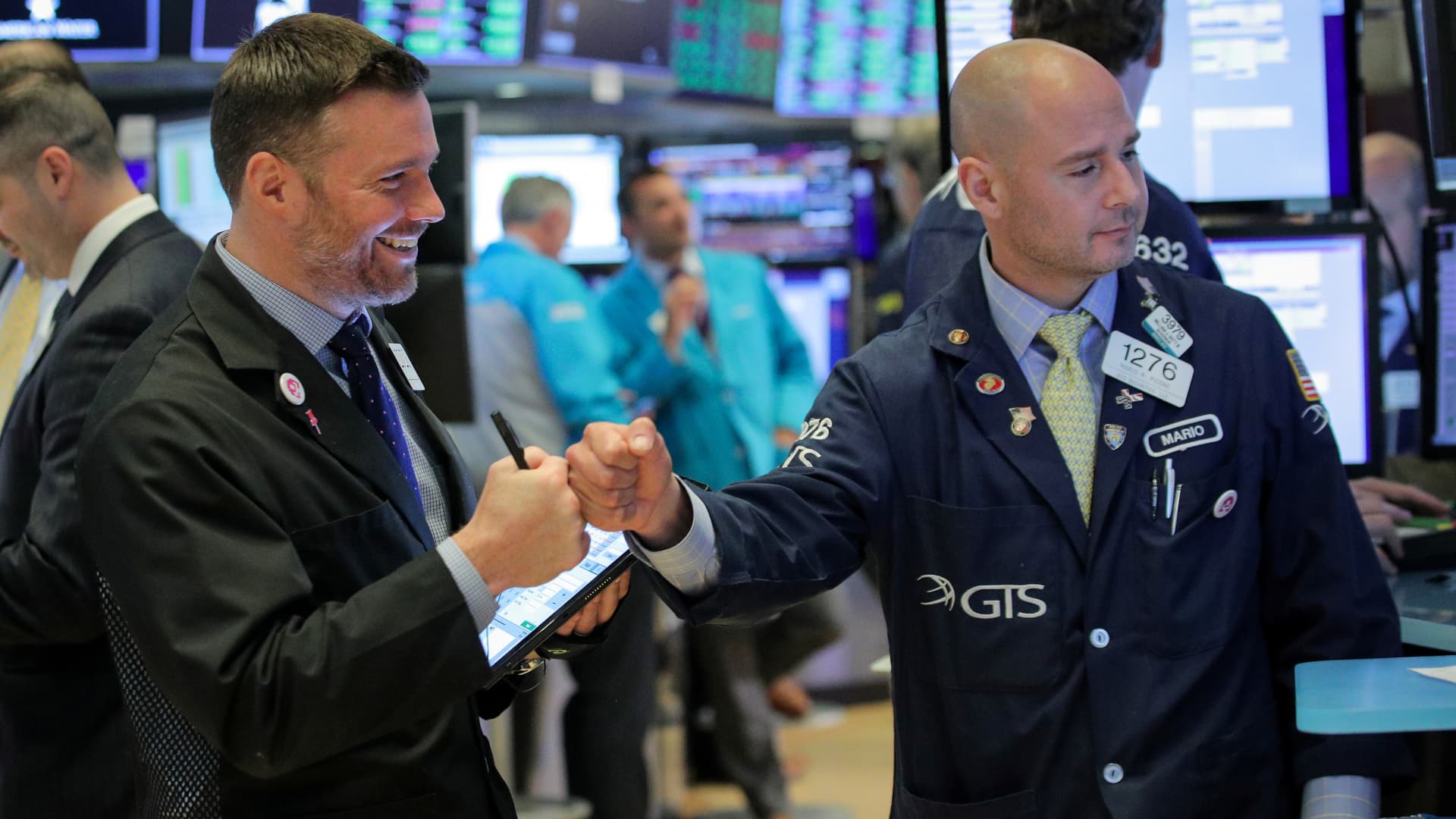
Bitcoin has had a rollercoaster few months. The world’s biggest cryptocurrency by market cap hit an all-time high above $63,000 in April, but lost 50% of its value over the next three months. The coin’s price dipped below $30,000 as recently as last week.
The cryptocurrency’s value spike over the weekend, however, thanks in part to a recent show of support from big names like Tesla and SpaceX CEO Elon Musk and Twitter and Square CEO Jack Dorsey at the “The B-Word” conference.
Bitcoin was trading above $38,000 as of Monday afternoon. Though it’s a long way from its peak, bitcoin is still up 33% on the year.
Bitcoin surged in popularity in 2017 when it rallied from $900 to almost $20,000 in less than a year. But it has become known as much for its plunges as for its rallies and has seen its value plummet on several occasions. It is volatile for the same reason that it is valuable — there is no central authority that can intervene in the market.
But unlike other cryptocurrencies, such as dogecoin, which have also seen similar rallies and plunges, bitcoin is more technologically developed and has scarcity built into its creation process.
Bitcoin currently has a market cap of around $736 billion. That’s far greater than Ethereum’s $277 billion market cap, which is the second-largest cryptocurrency by market cap.
If you invested in bitcoin last July, it would have grown 252% over the past 12 months. A $1,000 bitcoin purchase on July 26, 2020 — at a price of $10,990.87 per coin — would be worth $3,525.65 at Monday morning’s price of $38,750, according to CNBC calculations.
If you zoom out further, the growth curve is even steeper. On July 26, 2016, $1,000 would have bought you 1.52 bitcoin at a price of $656.17 per coin. Today, that investment would be worth $58,900, representing growth of 5,805%.
Going back 10 years, bitcoin’s percent growth is six figures. In July 2011, two years after it was created, one coin cost $13.91. Back then, $1,000 would have bought you 71.89 bitcoin, which would be worth $2,785,737.50 today. That figure represents growth of 278,476.56%.
A $1,000 investment in the S&P 500, by comparison, would be up 39.3% since last July, 123.78% since 2016 and 305.97% since 2011. That means that your $1,000 would have grown to $1,393.31 in the past year, $2,237.84 in the past 5 years and to $4,059.68 over the past decade. But this doesn’t mean that the S&P is a worse investment. In fact, legendary investor Warren Buffett says it’s the best place for most people to put their money.
Unlike bitcoin, which is known for its volatility, the S&P 500 is a considered a relatively reliable investment. It also has a decades-long track record of providing returns for investors.
When it comes to crypto, remember that past performance is no guarantee of future returns, and experts have cautioned investors to put no more money into cryptocurrencies than they are comfortable losing.
If you do decide to get into crypto, consider not making a large purchase all at once, but instead dollar-cost averaging by spreading it out into smaller purchases over time.
Sign up now: Get smarter about your money and career with our weekly newsletter
Don’t miss: Why this crypto CEO uses a simple and traditional investment strategy to build his bitcoin holdings




